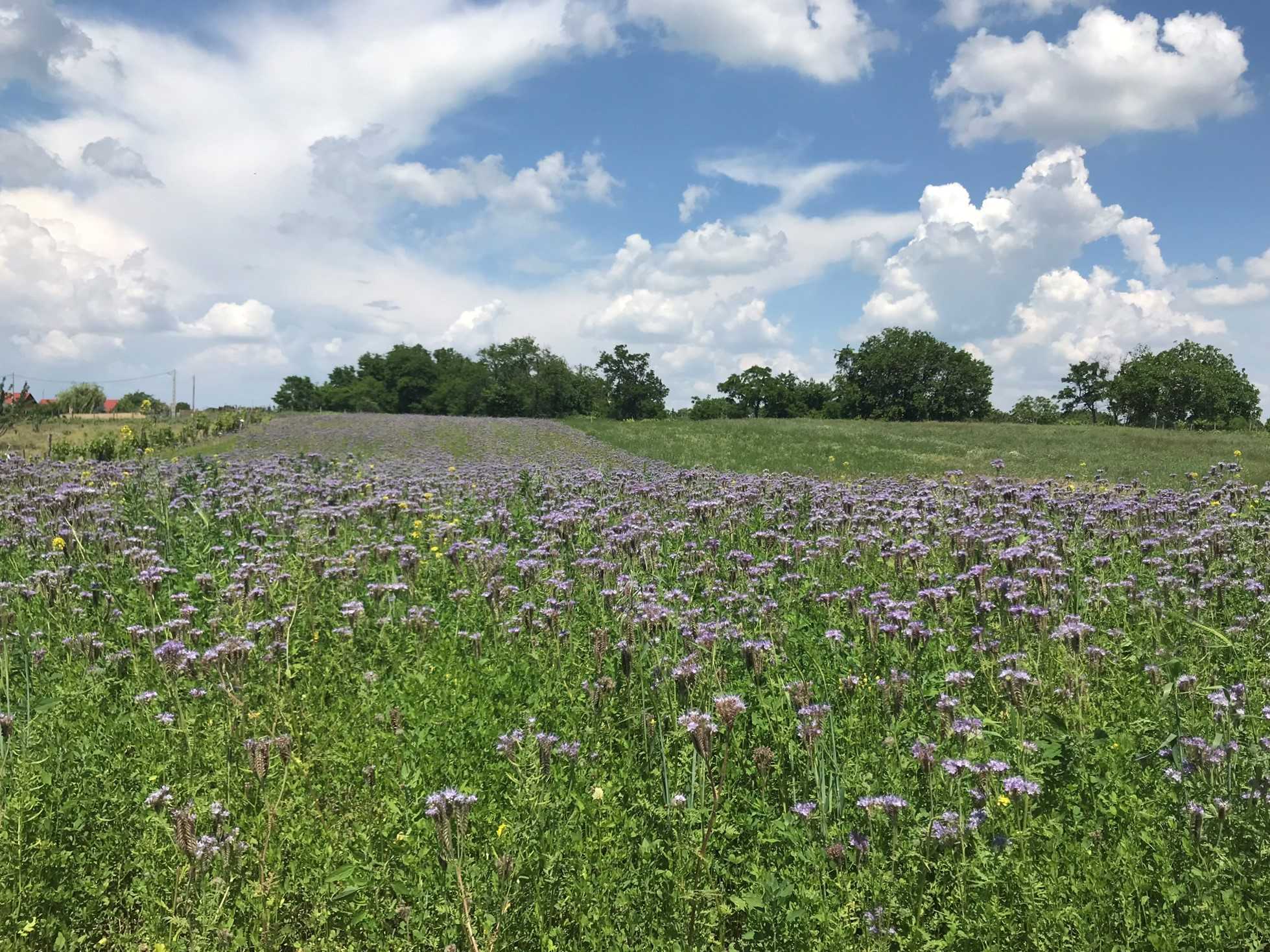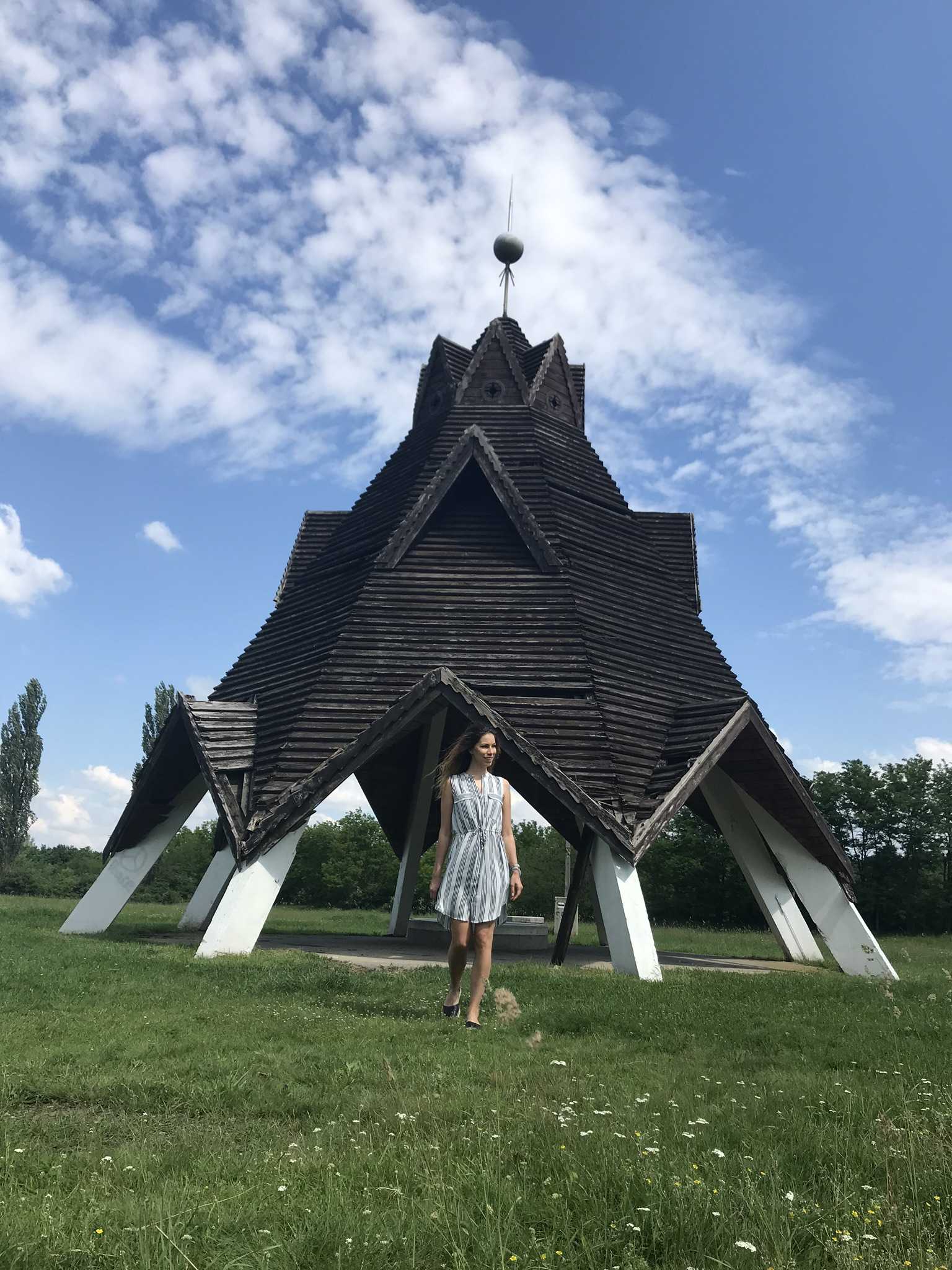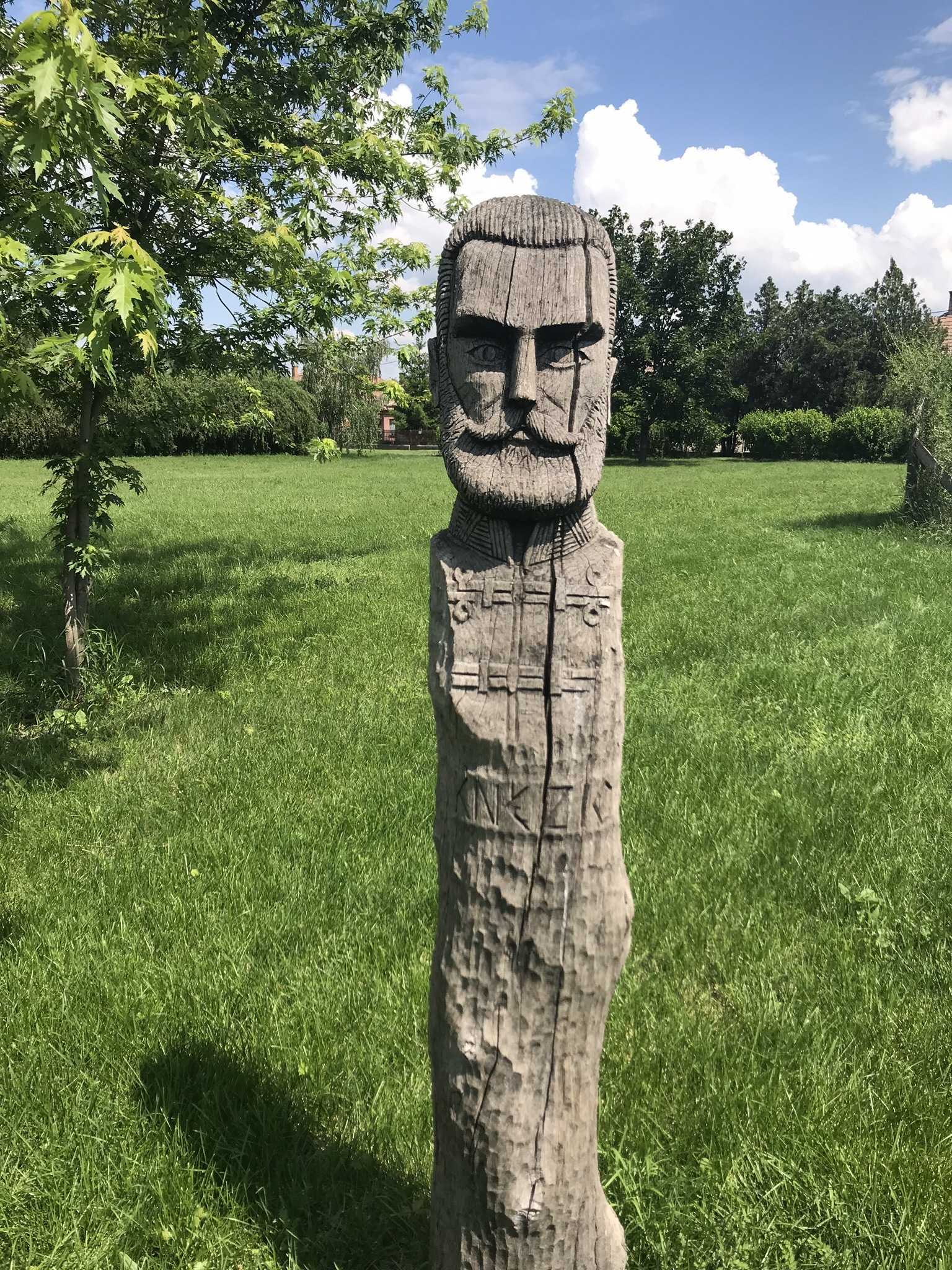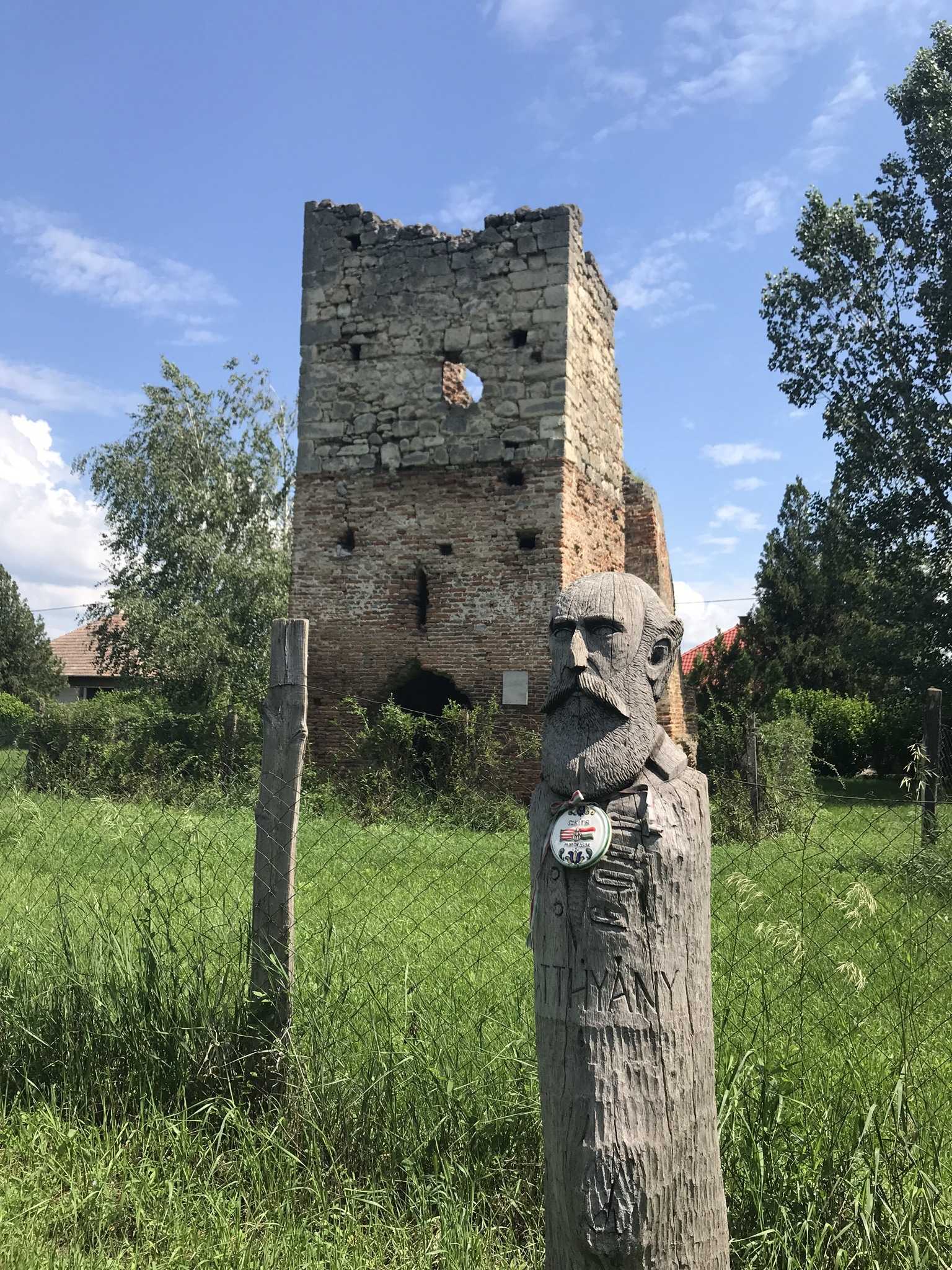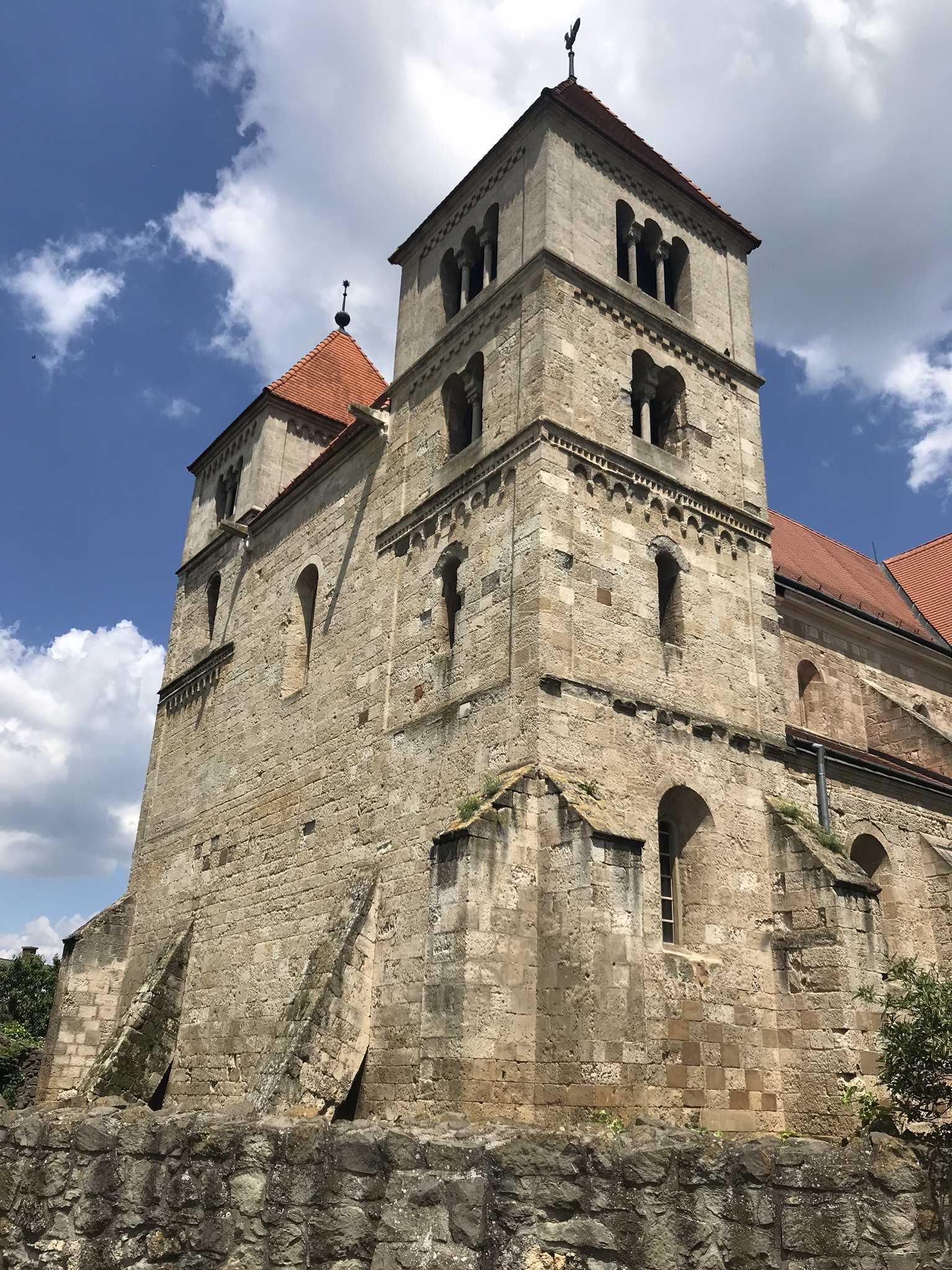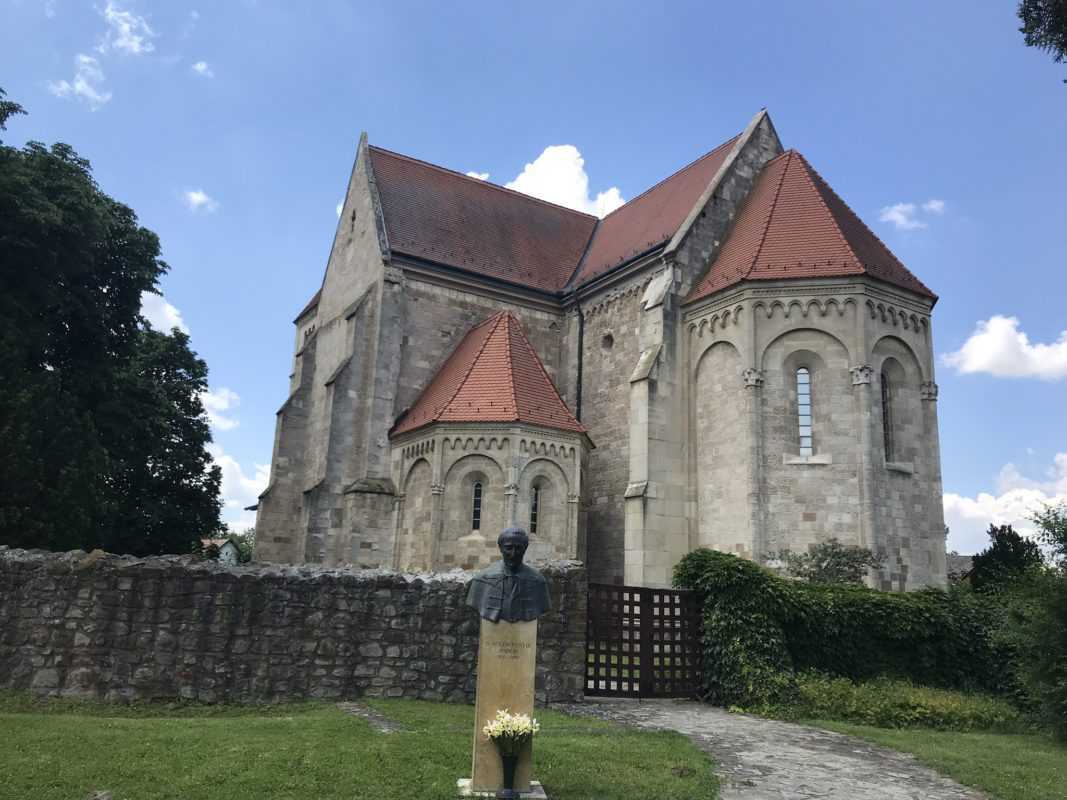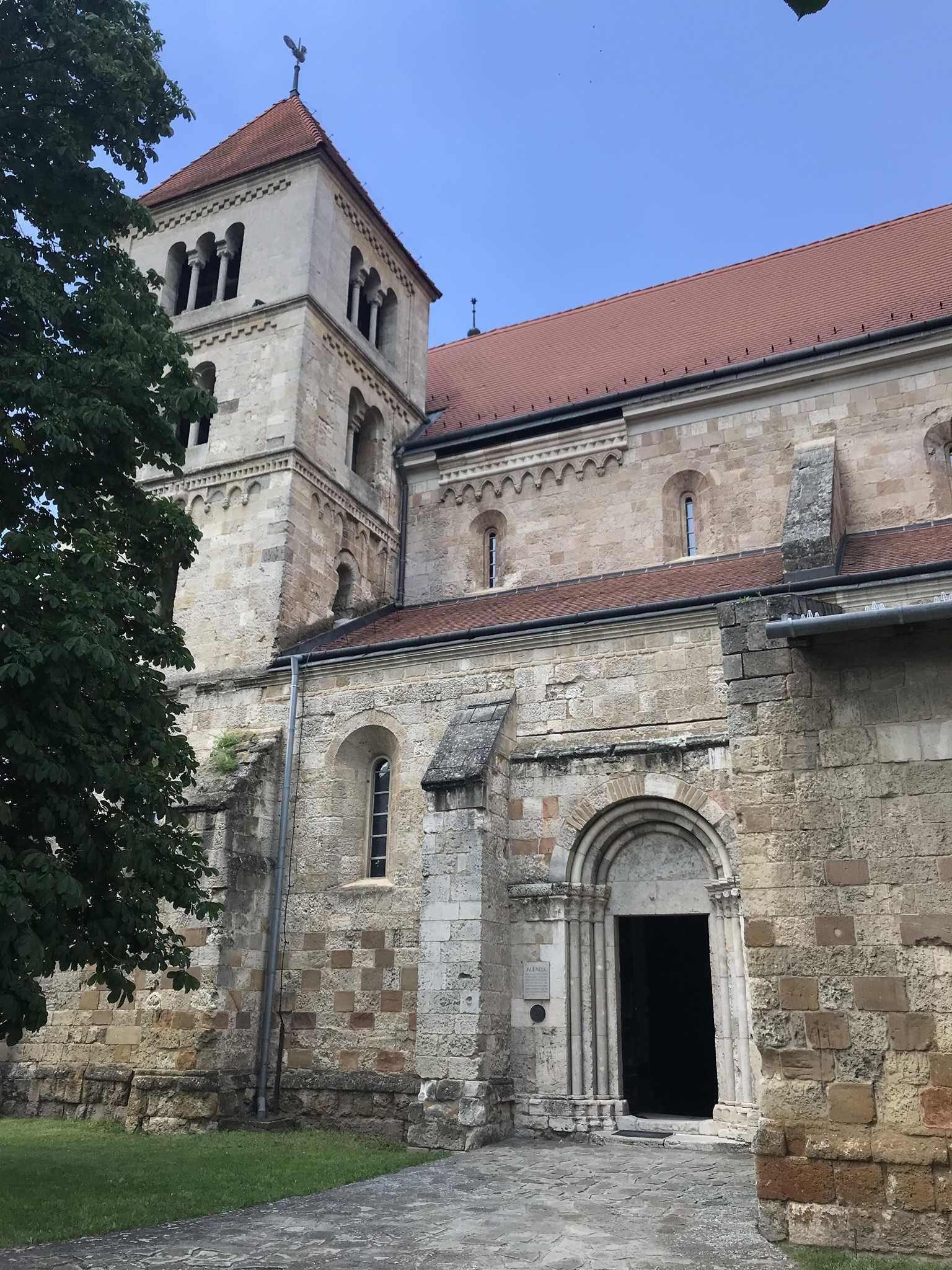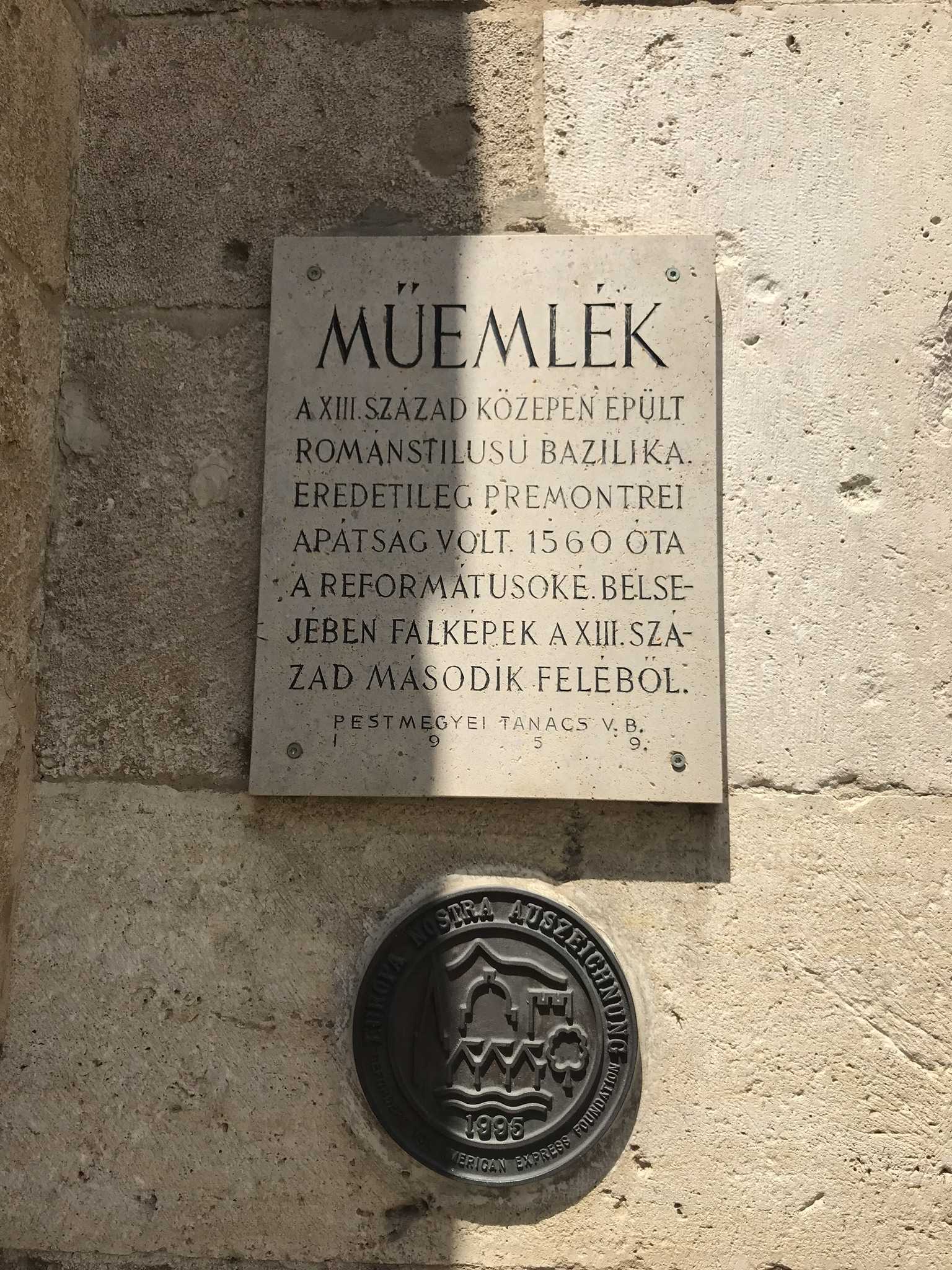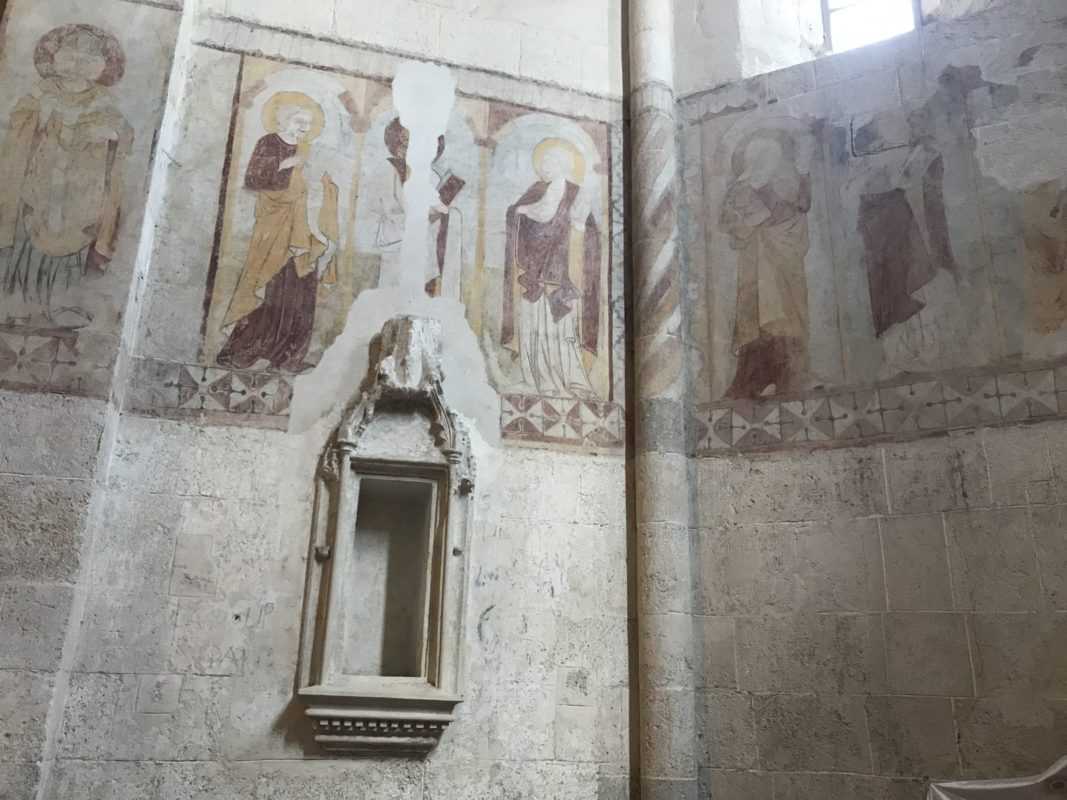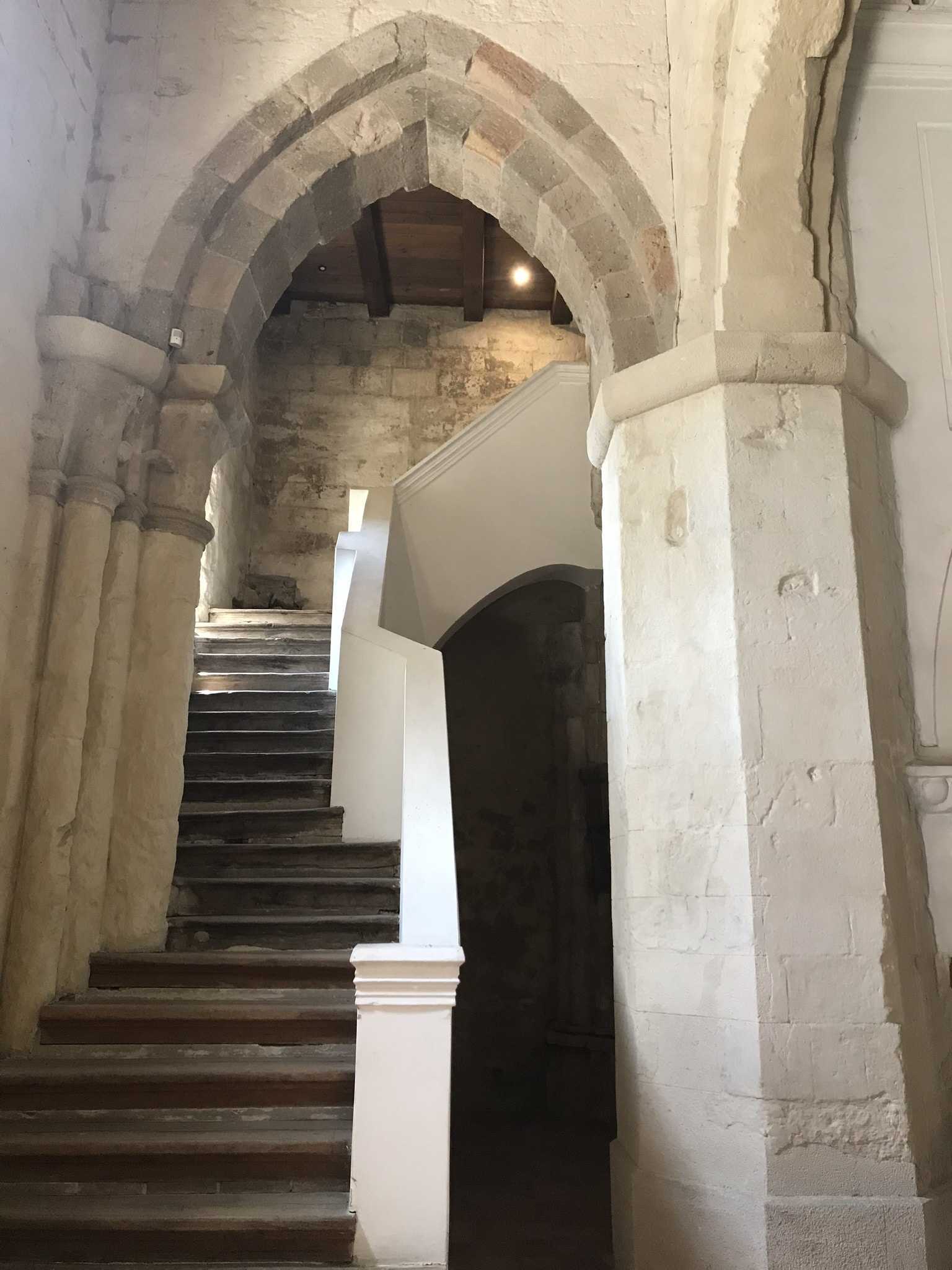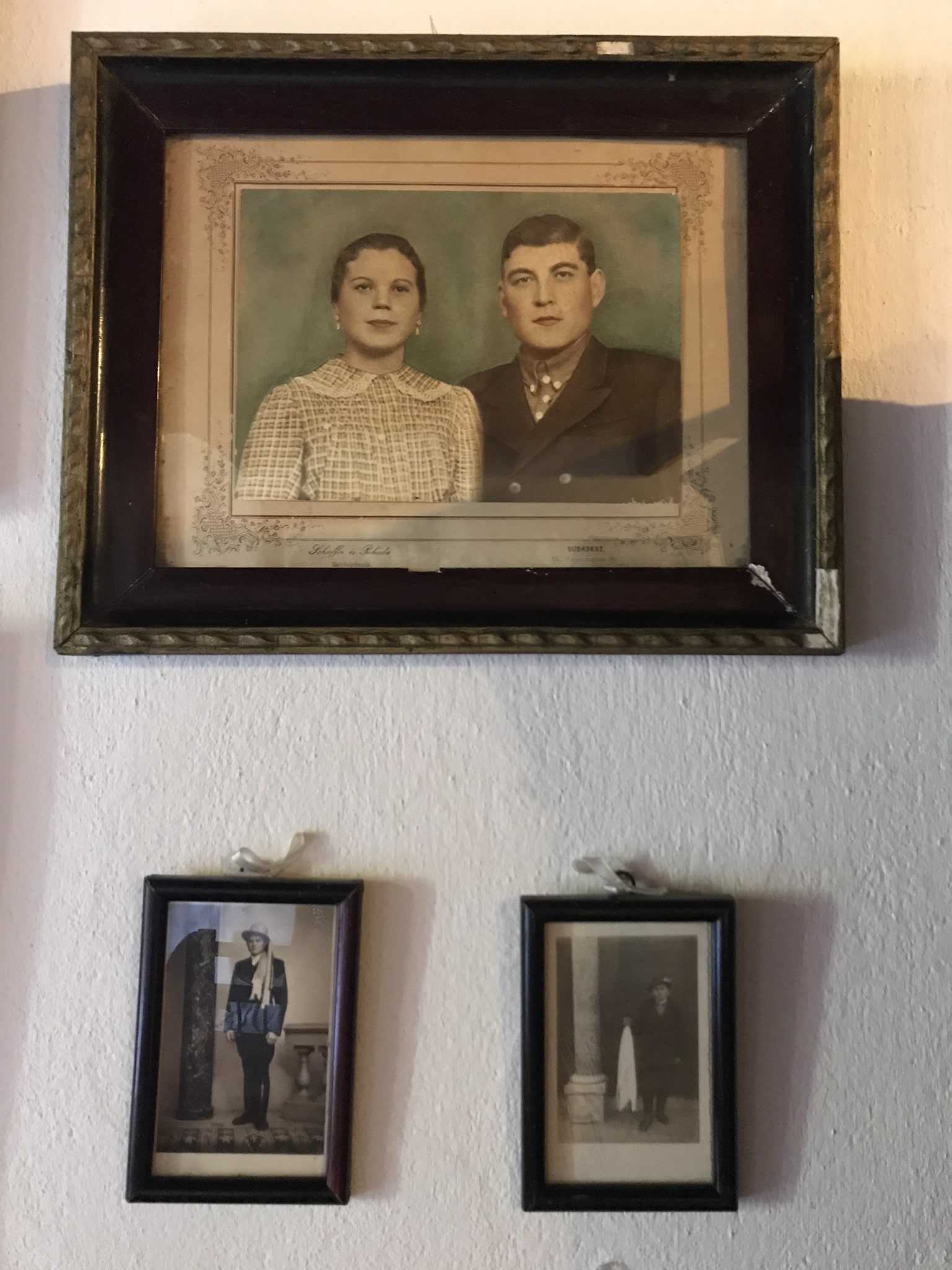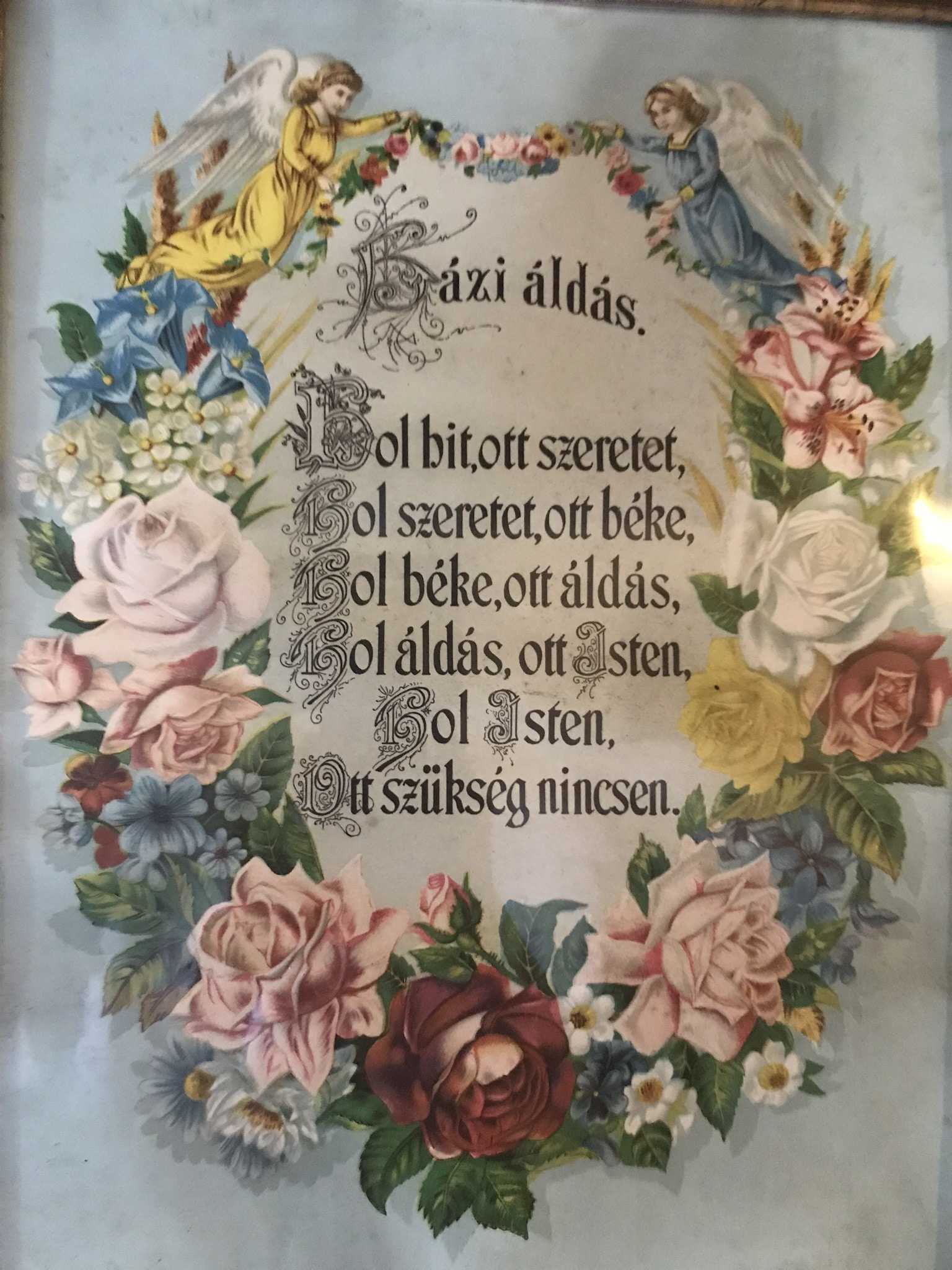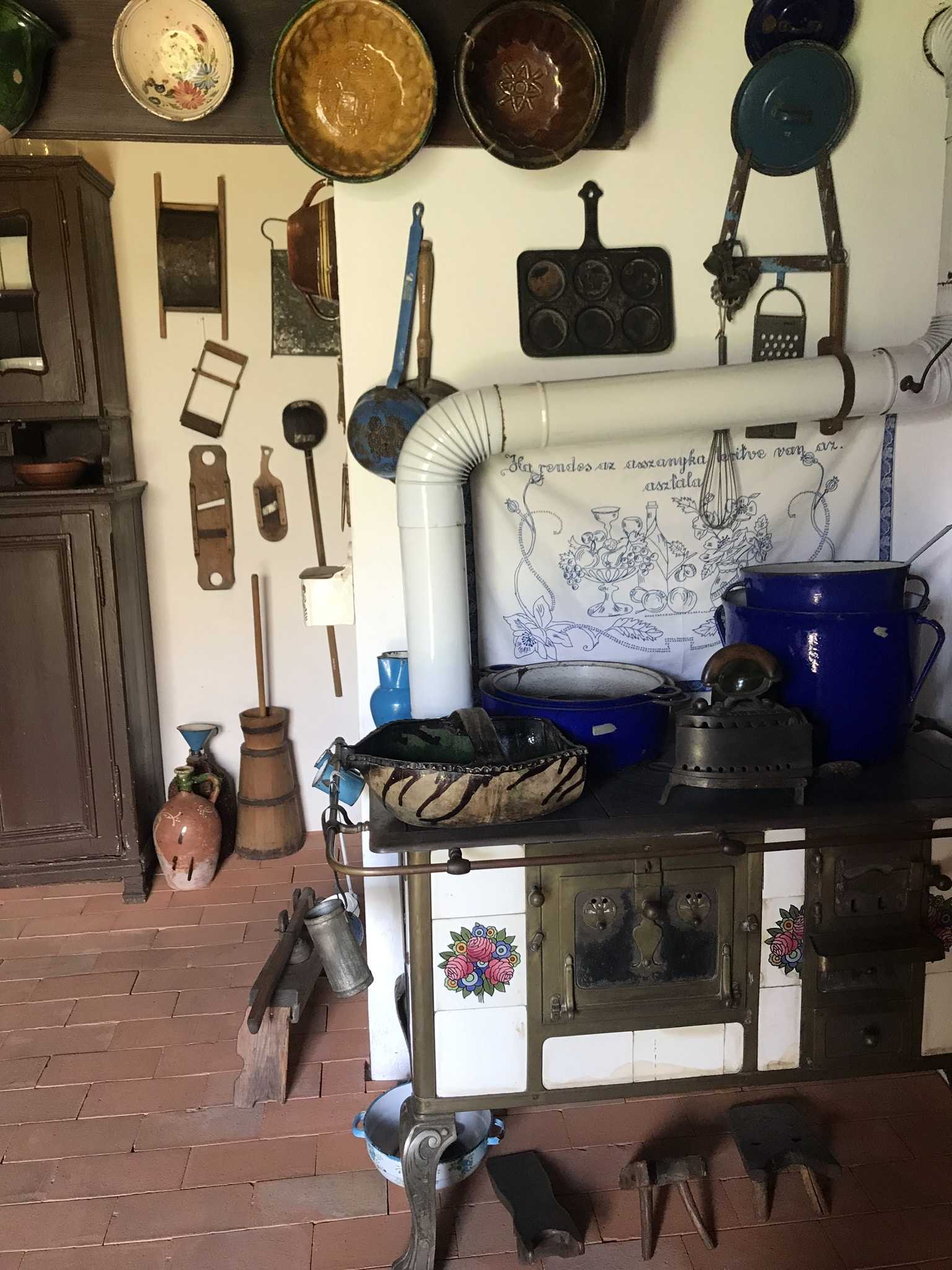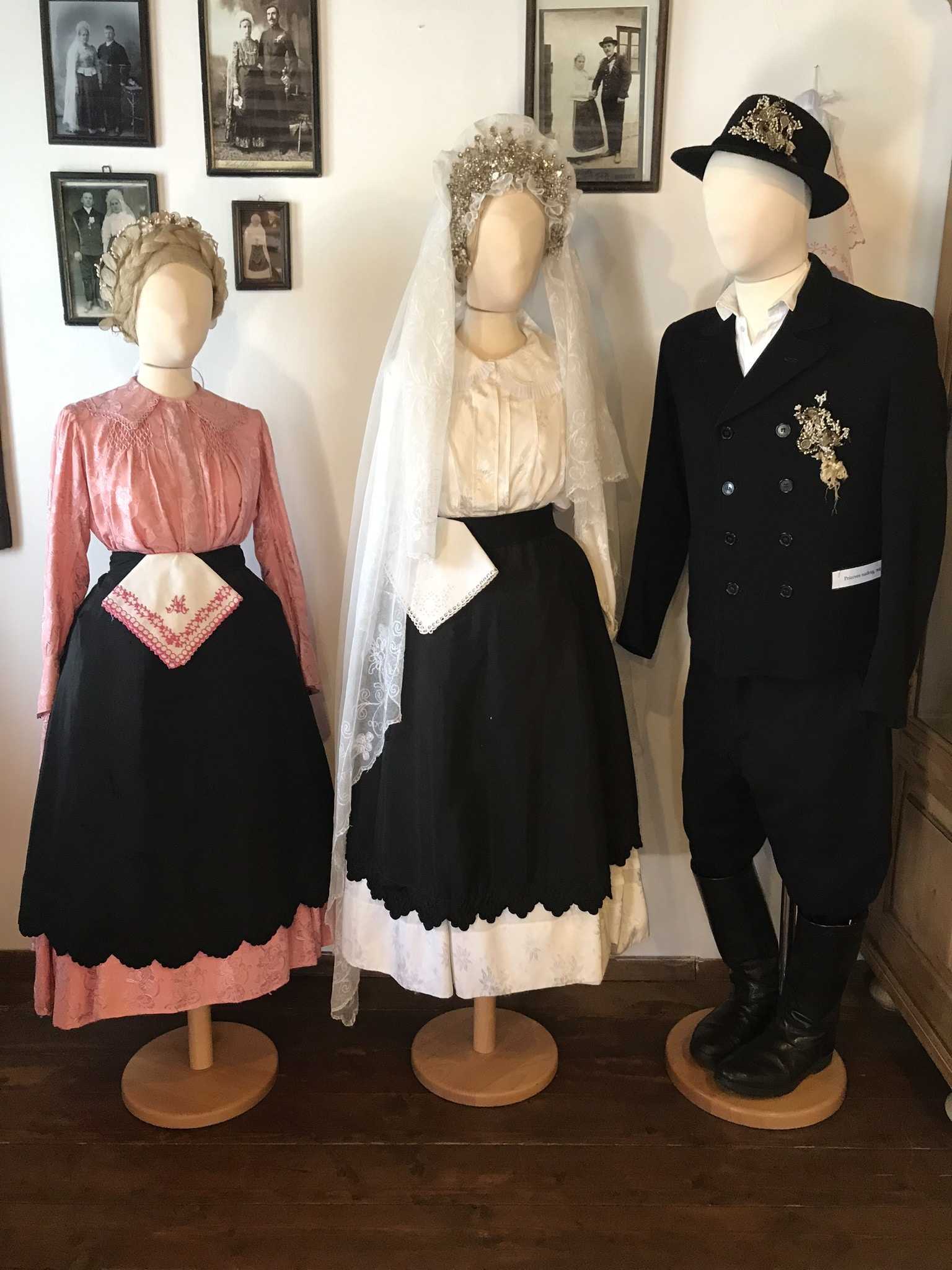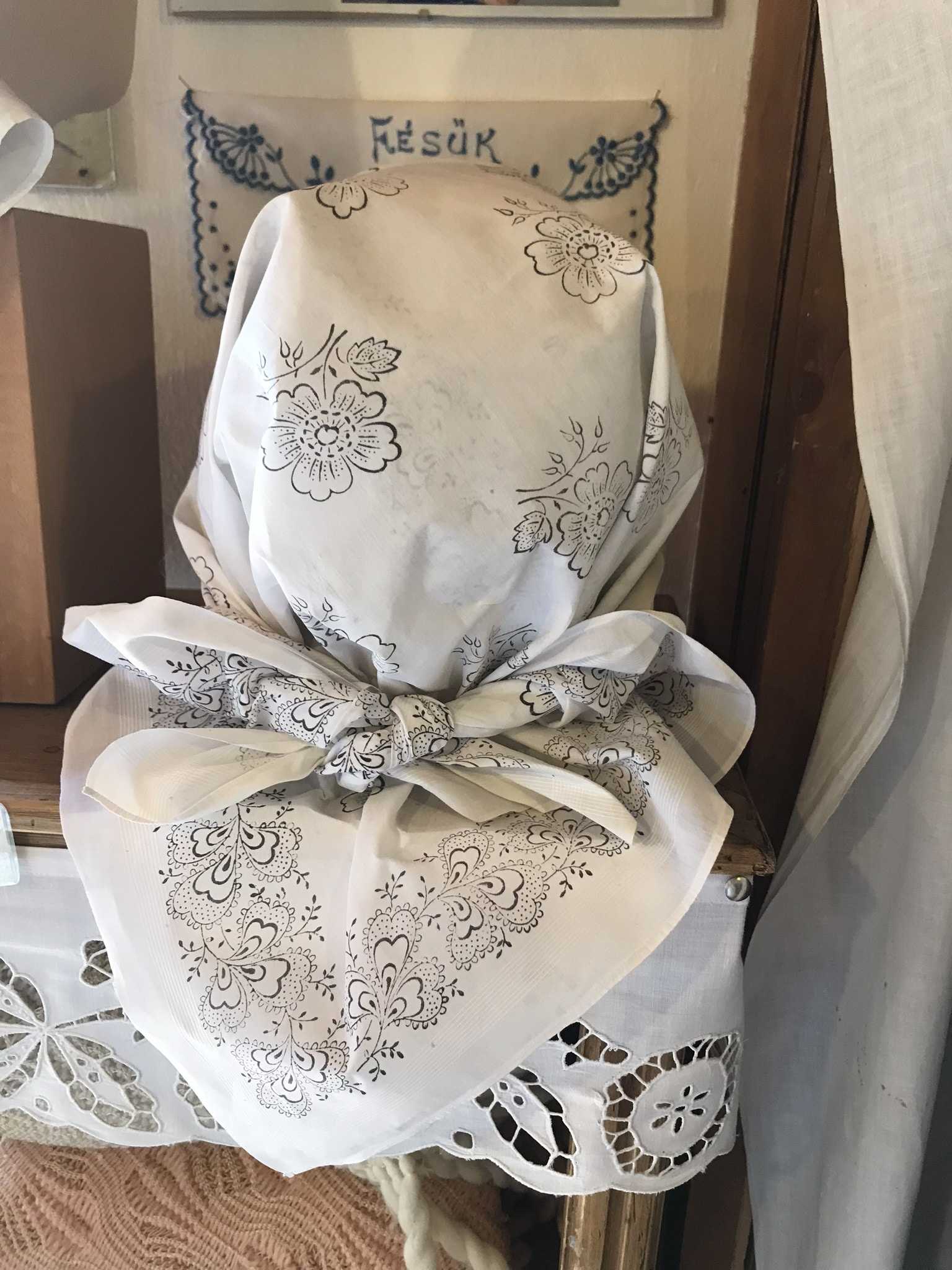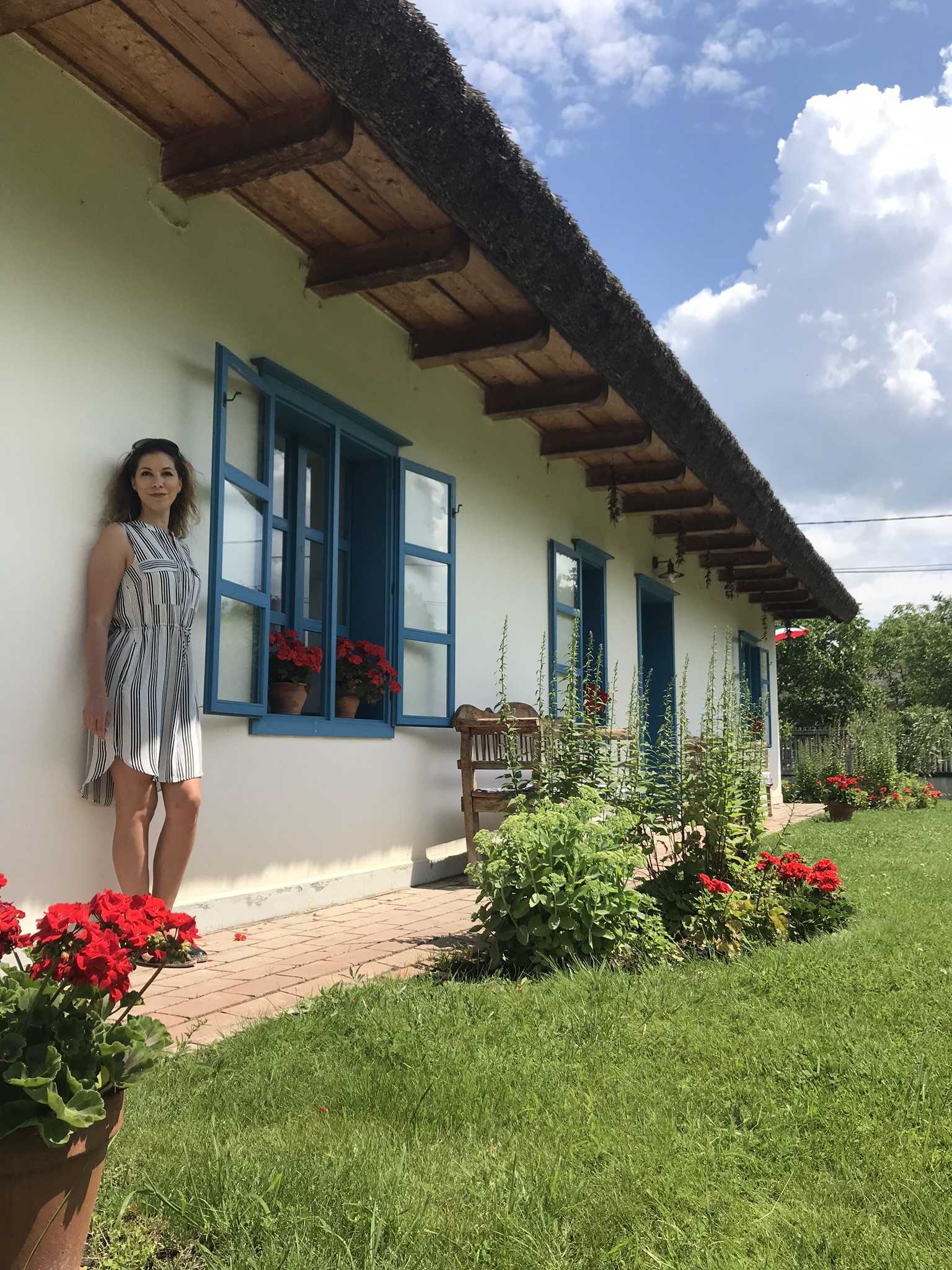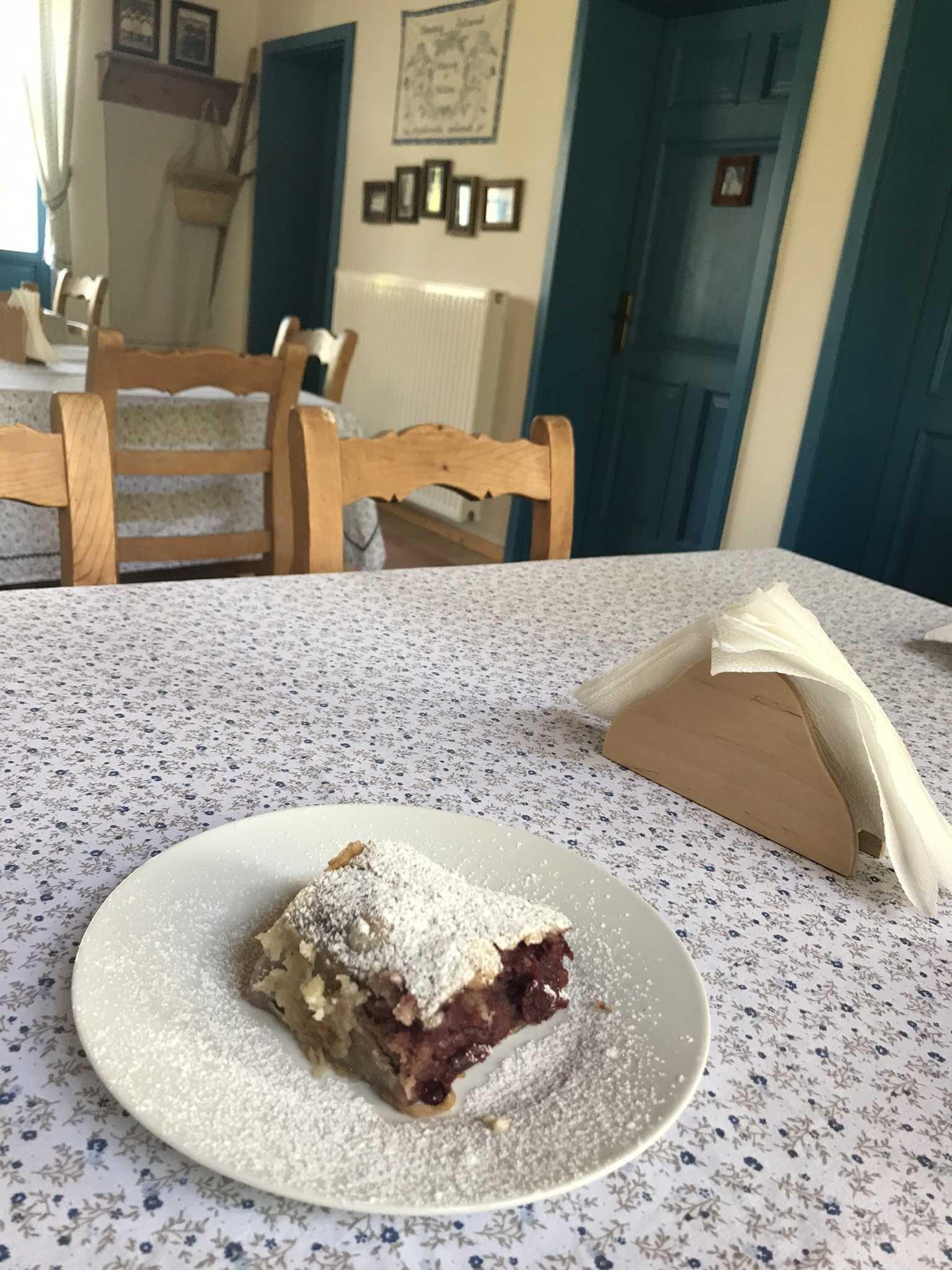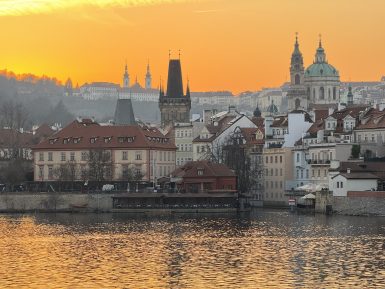The central adjective in the title must be taken literally. On my last trip, I traveled all the way to Pusztavacs, to explore Hungary from the heart of the country. It dawned dimly in my memory, perhaps even because of my school studies, that this place is called the middle of the country. At least in geographical terms of view. Cartologists identified the middle of Hungary after an initiative in 1968, which was marked at 47 degrees 11 minutes north latitude and 19 degrees 30 minutes east.
After finding the center, it took 10 years to have some tangible shape of that. In 1978 an 11-meter-high octagonal pyramid was built in the middle of a field in Pusztavacs to commemorate the middle point. The architecture was planned by József Kerényi, with a golden ball at the top, which refers to astronomical phenomena that determine the rhythm of nature.
Signal tower
The inauguration of the signal tower was of great interest and the 1982 and ’83 peace festivals here attracted 300,000 people here nationwide. In addition to meeting people in the middle of the country, the gathering was also intended to commemorate the atomic bomb attack in Hiroshima and to have a place for peace messages addressed to posterity in a stone block next to the signal tower. The peace festival eventually lasted three summers, but it undoubtedly moved large crowds in the ’80s. Today, the place seems pretty out of place, at least outside of a rest bike ride, I didn’t meet anyone when I was there. The signal tower can only be reached on foot, as the structure is located in an area protected by the Danube-Ipoly National Park.
To the question of why this field is a nature reserve, the answer lies in the poem “Arany Lacinak” by Sándor Petőfi. If someone doesn’t know the poem, I’ll tell you. The area is inhabited by many gophers. Which is a protected animal and has an ideal value of 250,000 HUF.
If visitors and nature lovers of the tower are lucky enough to hear whistling noises during the walk, it will most likely not be the wind, but of the little animals that live in the area. The small primates, which are mainly active during the day, raise their voices to warn others of the nearing danger. So let’s walk carefully near the signal tower and take care of the gophers. Though as brisk as they are, I’m sure they’ll get away before you see them.
Ruined church in Pusztavacs
In addition to the middle of the country, I found another interesting thing in Pusztavacs, which, like the signal tower, stands in a field. It’s a ruined church now, but it’s so beautiful. Much is not known about the conditions under which the building was created, but according to some sources, it was built in the Árpád era and, according to others, in the 14th century. In any case, the church is a protected monument and it’s surrounded by the martyrdom of 13 Arad and the carved head of Batthyány and Lajos Kossuth. It is a beautiful and popular pilgrimage site.
Premontre Church in Ócsa
While we do not have a reliable source of construction for the Pusztavacs church, 15 kilometers from the village there is a church from the Arpad period that needs to be seen. It’s a 13th-century two-tower basilica at the heart of Ócsa, one of the most valuable works of Roman-era architecture. The Premontre church rises directly between the thatch-roofed farmhouses in the old village, so it is quite difficult to take a photograph of it that restores its original beauty, but I tried it from several angles.
Since its construction, the church has been through a lot of difficulties over the past centuries. The Mongol invasion and Turkish rule left significant damage to the building, but nature was not gracious to it either. First, it collapsed, then later the top burned down, and if that wasn’t enough, several lightning strikes hit the fortified church. It was saved from total destruction by Count József Teleki, who, after the renovation, but the church in the hands of the Calvinist in 1777, hence the name of today’s Calvinist Church.
The interior of the church, despite its simplicity, is impressive. The octagonal and plant-decorated pillars divide the space into three ships. One of the two side ships is made in Roman style and the other in Gothic style, with which it is considered a unique architectural attraction in Hungary. After admiring the organ that still operates today, we have walked around the columns. It is worth looking at the frescoes at the end of the main ship, which are from the 13th and 14th centuries and, thanks to the careful restoration of István Gróh, they are still faintly visible to this day.
Directly beneath the frescoes, you can see a niche carving into a wall, the significance of which can be linked to Turkish rule. In the 16th century, the church was also used as a mosque, and in this booth, they kept their holy book, the Koran.
Another interesting story associated with the church is that when Ken Follett, the world famous writer of Cathedral, arrived in Ócsa and saw the church, he said that this was the cathedral he dreamed up in his book. It is no coincidence that the Cathedral TV series was partly filmed here in 2009, starring Donald Sutherland, Ian McShane, Matthew MacFadyen and Eddie Redmayne.
Folk House, Ócsa
Right next to the church, in the heart of the old village, there is an old hut which offers a charming view. A special feature of the village is the two-house settlement structure, which included 62 houses and is under national protection. The oldest cottages are located around the church and were built at the end of the 18th century. The thatched huts hide a very rich collection of ethnographic and folk costumes, which is fortunately also open to visitors.
As a countryside girl, it was a special experience and a pleasure to see the former daily tools of my grandparents and great-grandparents, between which the past was brought to life and I felt like a child again. The complex, which bears the name of the country house, consists of 7 reception houses and presents the everyday life of the civilization that lived at the turn of the 19th and 20th centuries. It’s worth going around the yard and looking into every house, where you can find everything from a foal stove to a clean room and a bean oven.
For me, the most interesting part of the country house was the costume exhibition, where the Ócsa, Alsónémedi, Sári, Újhartyán, Ecser and some Hungarian folk costumes are revived through textile dolls. The graphic presentation reveals how the women tied their shawls depending on whether they were Calvinist or Catholic believers, and why the black wedding dress was special and valuable. The old country house is full of life and on special days and offers many interesting activities, like herb tours.
Wine cellars, Ócsa
In addition to the church and country house, it is worth detouring to the old mountain cellars in Ócsa, which are located along the former Danube river bed and consists of more than 100 land cellars, cut into loess walls. The unique monuments of the folk construction are preserved in the thatched-roofed buildings, where cellar owners are happy to invite guests to a wine tasting.
Of course, this option only works if you don’t drive, so unfortunately I was forced to look for another tasting. As a proper end of my excursion, I visited the famous Sári Meadow House. It preserves centuries-old traditions, where gastronomy lovers are welcome with breath-thin pasta, freshly baked cherry, poppy, cabbage, apple and many other delicious fillings.
The taste of the cake in a pleasant environment reminded me of the grandparents’ house and fond childhood memories. Walking on the geranium-flowered veranda, I was filled with immense happiness at how good it was to always be home at home.


